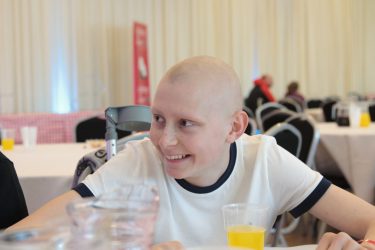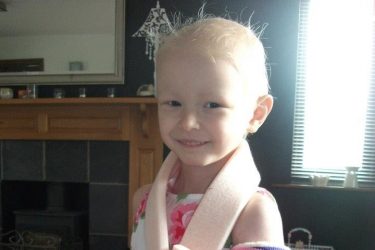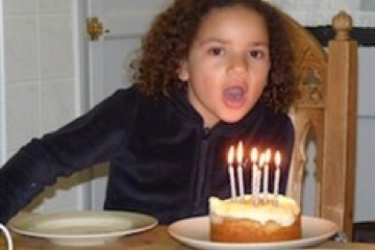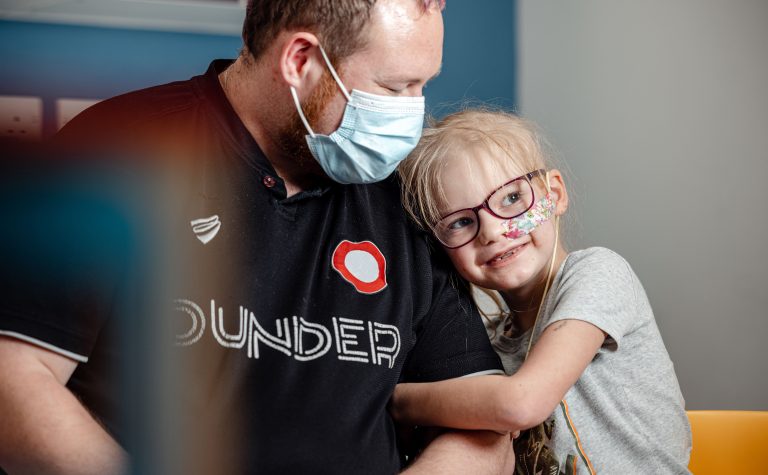In 2002, the International Agency for Research on Cancer (IARC) classified magnetic fields (also known as EMFs) of the type associated with our electricity supply as a class 2b carcinogen – “possibly carcinogenic to humans”. This was based on pooled epidemiological studies that reported an approximate doubling of leukaemia risk for children exposed at average levels above 0.3-0.4 microtesla. The UK average in homes is well below this, at about 0.05 microtesla. In 2007, the World Health Organisation (WHO) estimated that, if the risk is real, up to 2,400 (5%) of worldwide childhood leukaemia cases per year could be attributable to magnetic field exposure above 0.3 microtesla. Recent studies have also found increased childhood leukaemia risk with exposure to EMFs below 0.4 microtesla, in particular a 30 per cent increase with average exposures above 0.2 microtesla. About 2% of UK homes have average levels above 0.2 microtesla. Under high voltage power lines values can be several or even tens of microtesla. EMF exposure can also be significantly above 0.2 microtesla from appliances in the home (including electric storage radiators), wiring faults and electricity cables under the street.
Biological mechanisms
Other types of studies have advanced our understanding of how magnetic fields may cause the increased risk of leukaemia. Birds and other animals use magnetic-field-sensitive biochemical reactions as navigation sensors. This has increased our understanding of the biological interactions of magnetic fields relevant to DNA damage, of the type that could lead to leukaemia. The disruption by magnetic fields of our 24-hour circadian rhythm also lowers melatonin, an anti-cancer chemical, in our bodies. This is a pathway that may increase leukaemia risk, especially as melatonin is passed on to a developing foetus by the mother. EMFs have now been shown to engender genomic instability, an evolving hallmark of cancer and in line with findings for established carcinogens.




